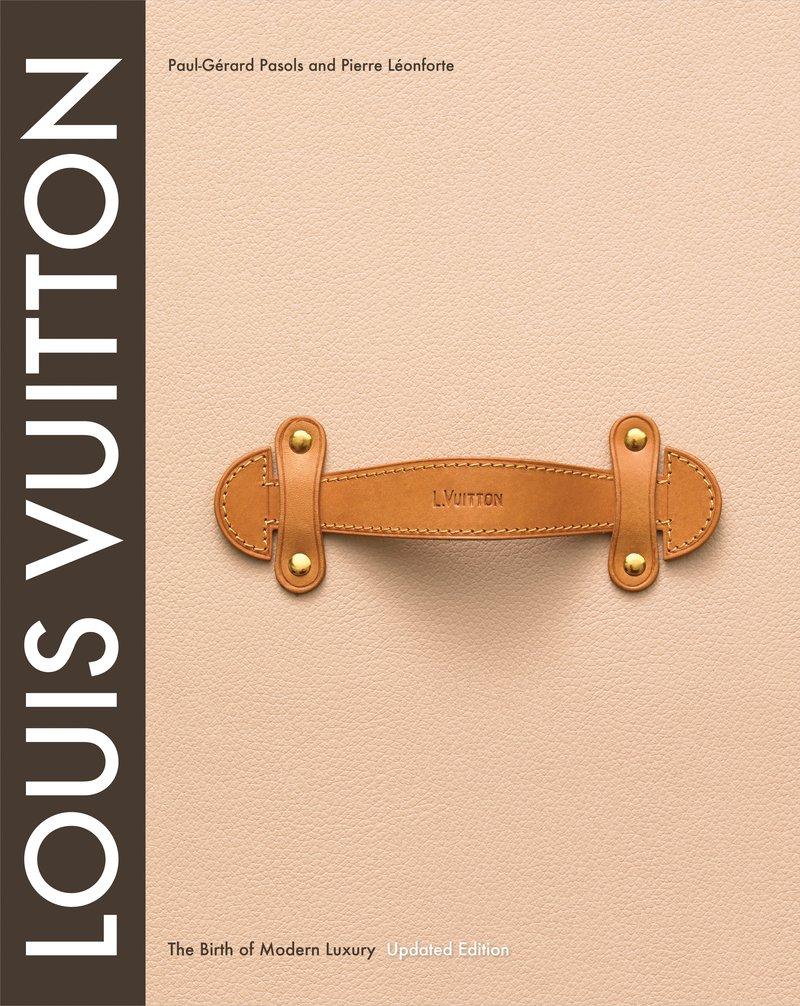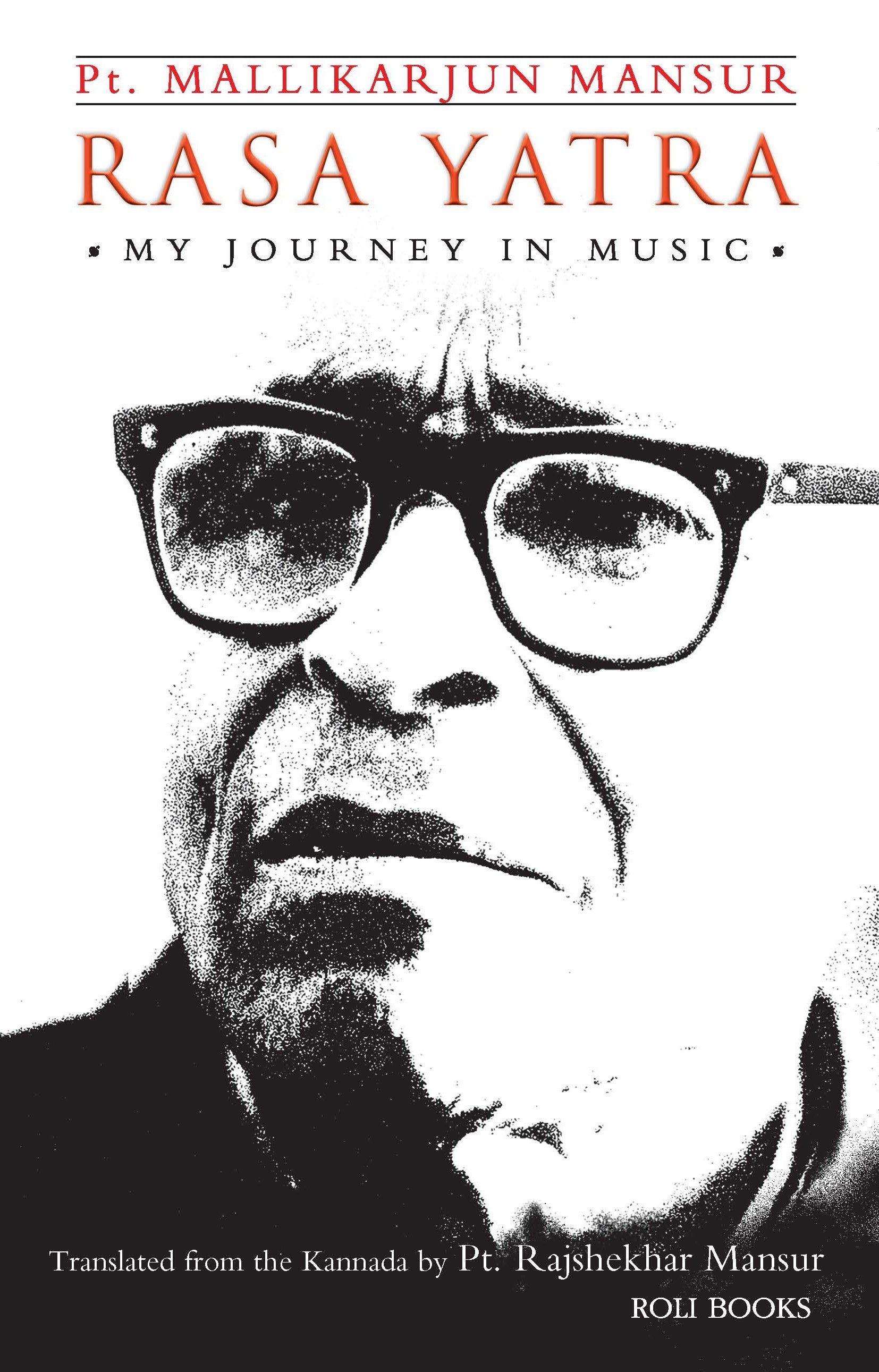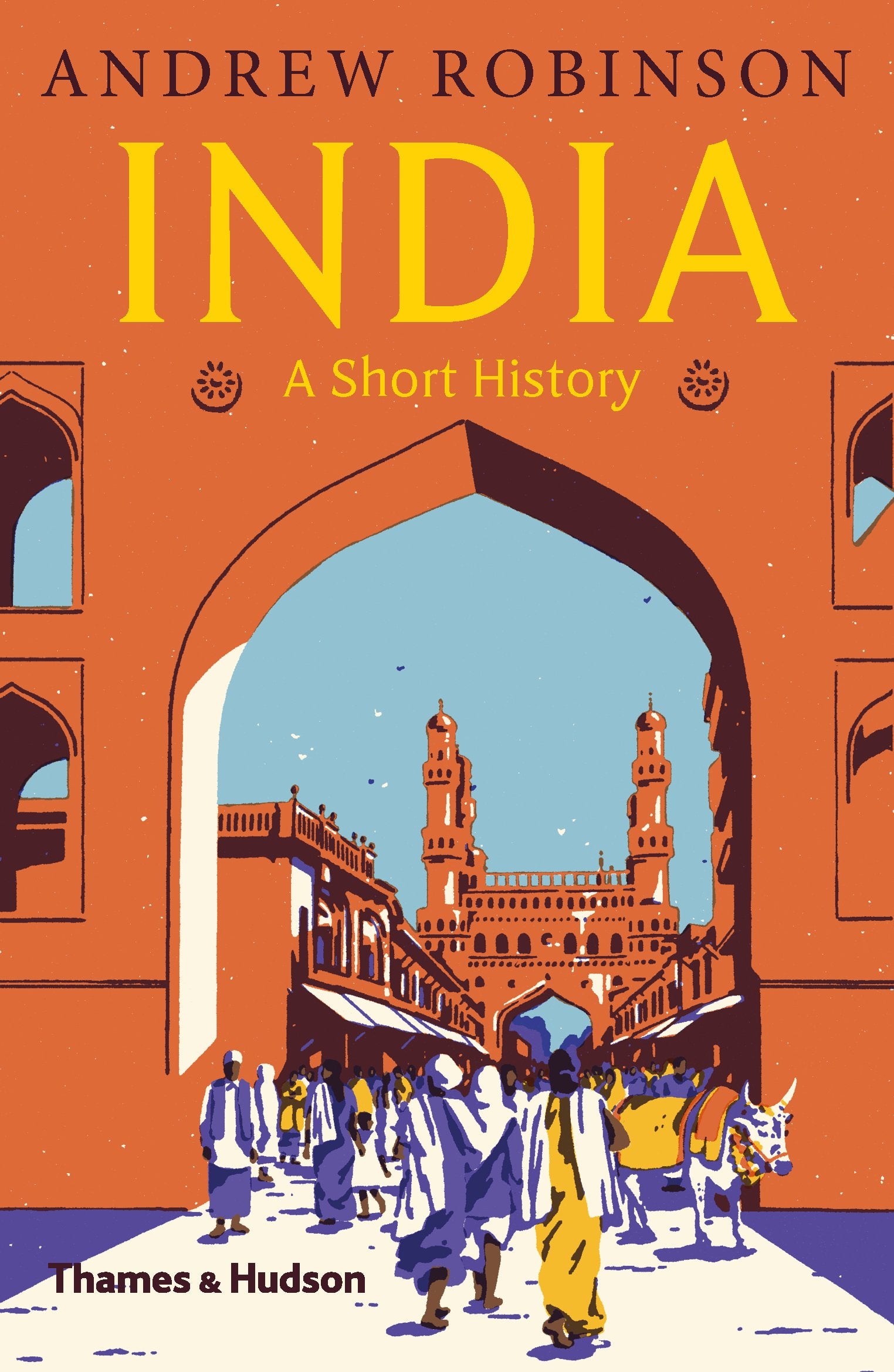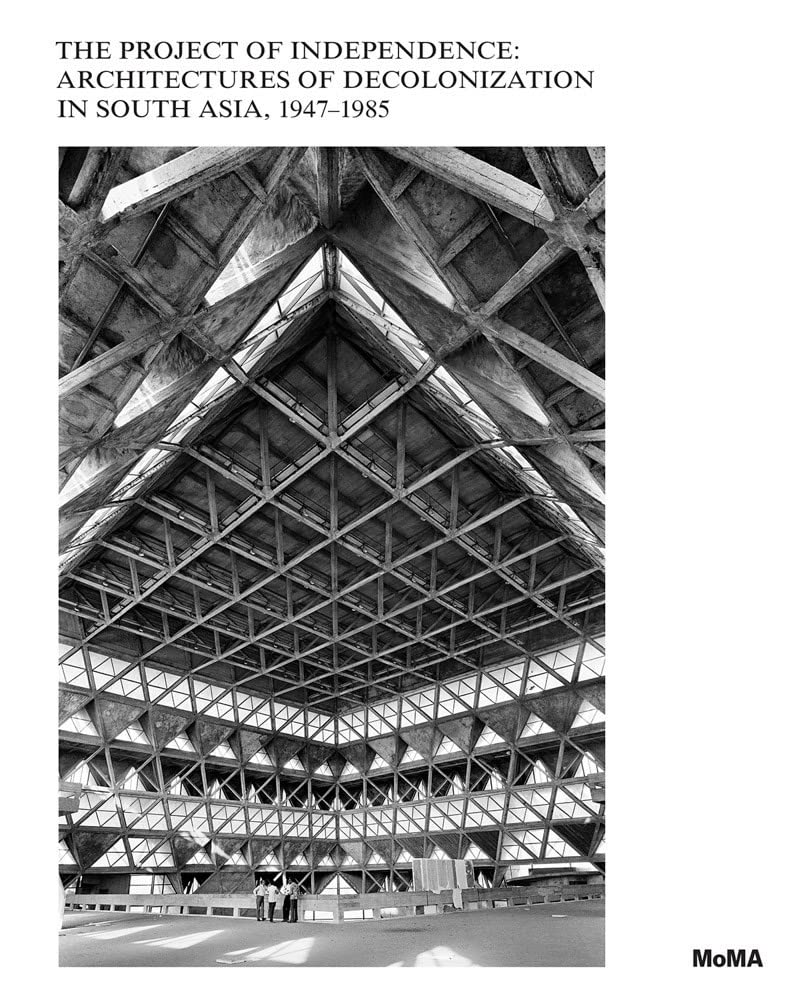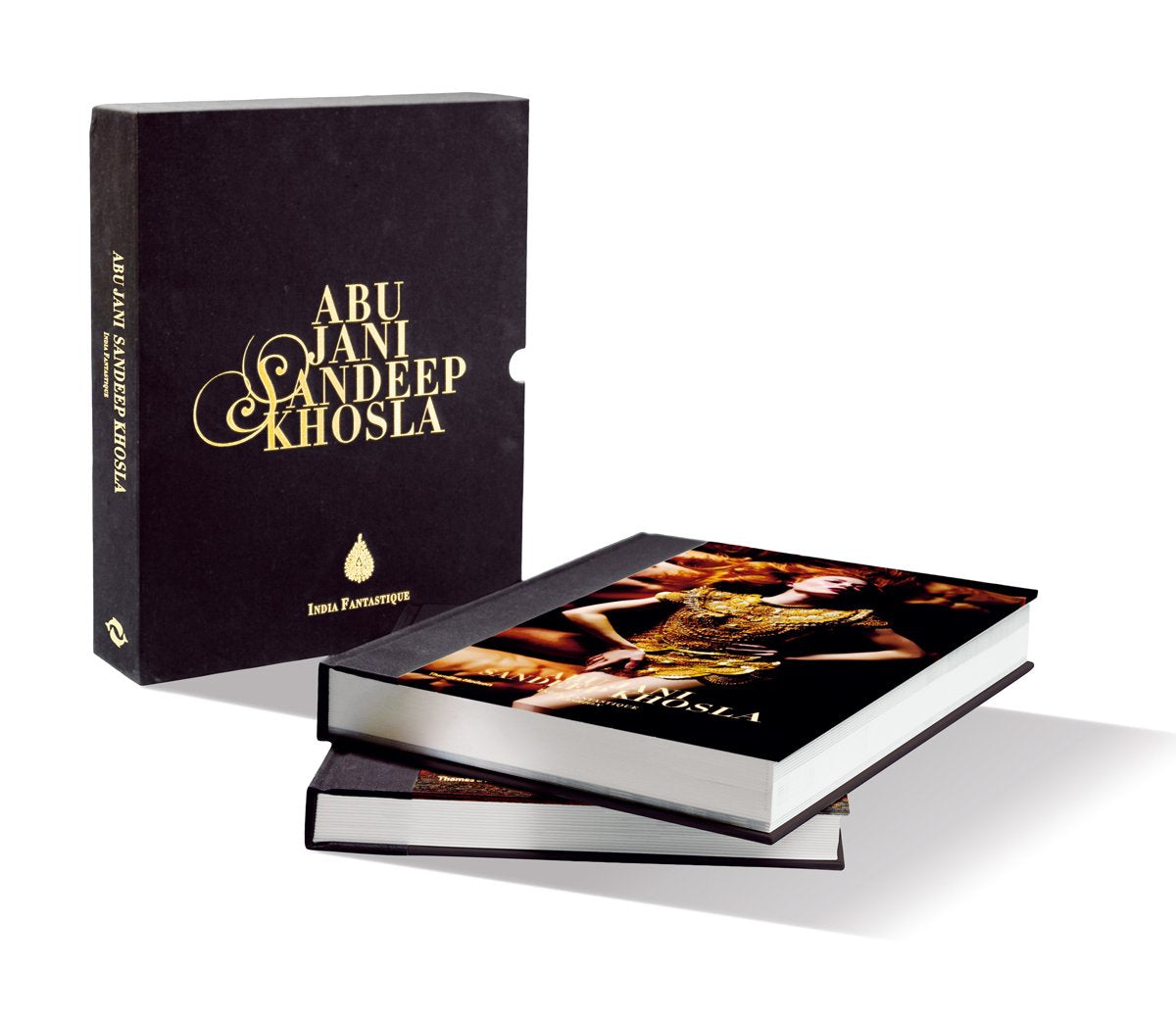Param Vir Chakra: Piru Singh
Maj. Gen. Ian Cardozo
THE INDO-PAK WAR 1947-48 OPERATIONS IN TITHWAL-BATTLE OF DARAPARI
After the threat to Srinagar was removed, the Indian forces concentrated in the URI Sector and prepared to launch operations to evict the Pakistani aggressors from the valley.
General Thimayya, GOC Sri Division, launched his offensive along the Uri-Domel road with 161 infantry brigade under Brigadier L.P. Sen, DSO. 163 Infantry Brigade under Brigadier Harbaksh Singh carried out a diversionary attack towards Tithwal to draw away the enemy reserves, and the brigade at Poonch was also tasked to launch a battalion attack to divert the enemy forces that could interfere with the Indian offensive. The offensive commenced in the third week of May 1948 and Dogarpur, Tregham and Chowkibal were captured against stiff opposition. The offensive to Tithwal continued and on 22 May 1948, Tithwal was captured. During these operations, 6 Rajputana Rifles cleared an important feature called Darapari.
The Pakistan Army could not reconcile itself to the setback suffered in the Tithwal sector, and launched repeated counter-attacks to dislodge the Indians. It is here at the Battle of Darapari that Company Havildar Major Piru Singh displayed gallantry of the highest order and was awarded the Param Vir Chakra.
Major General Ian Cardozo was born in Mumbai and studied at St Xavier’s School and College. In July 1954, he joined the Joint Services Wing which later became the National Defence Academy. Here he was the first cadet to win the gold medal for being the best all-round cadet, and the silver medal for being first in order of merit. He was commissioned at the Indian Military Academy into the 1st Battalion the Fifth Gorkha Rifles (FF) in 1958, and is one of the first officers to be awarded the Sena Medal for gallantry on a patrol in NEFA in 1959. Wounded in the battle of Sylhet in Bangladesh in 1971, he overcame the handicap of losing a leg and became the first war-disabled officer to be approved for command of an Infantry Battalion. He retired in 1993 from his appointment as Chief of Staff of a Corps in the East.
Author of Cartoos Saab, The Sinking of INS-Khukri: Survivor’s Stories, Param Vir: Our Heroes in Battle, The Bravest of the Brave: Indian VCs of World War I and 1971: Stories of Grit and Glory, he has worked with the Spastics Society of Northern India and was chairman of the Rehabilitation Council of India for nine years. At present he is the Vice President of the War Wounded Foundation.
Rishi Kumar is a graduate from Delhi College of Art in the Applied Art course. He has worked as an illustrator with various advertising and publishing companies. He is currently working as a freelance illustrator. Besides art he has an interest in computer gaming. His name has been acknowledged in the Limca Book of National Records 2016 for his work.






















